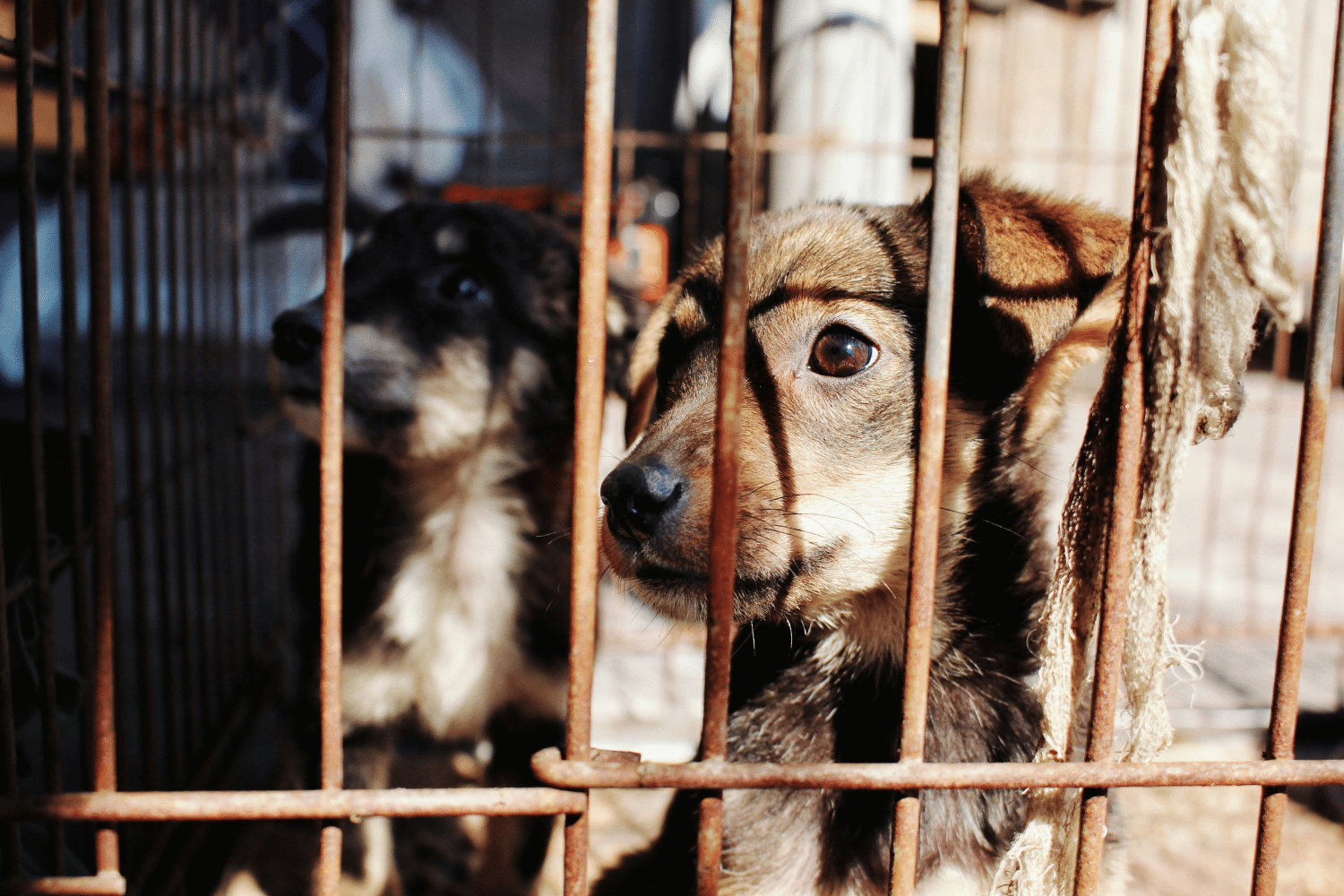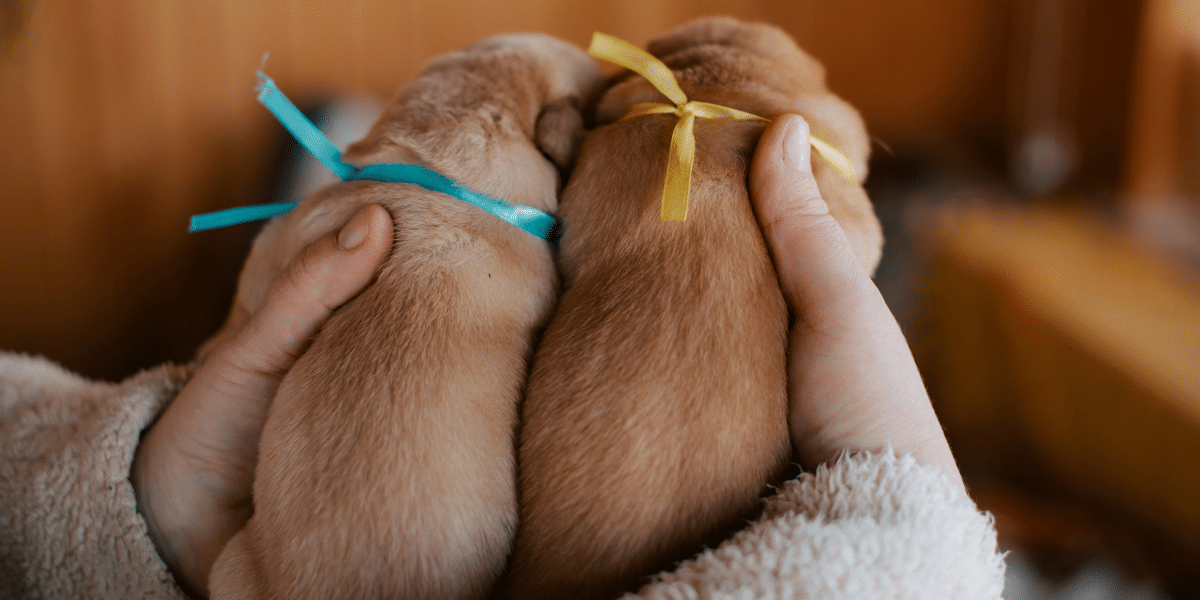Is your furry friend struggling with behavior issues? Understanding the process of modifying your dog’s behavior can feel overwhelming, but it’s essential for creating a harmonious home. From desensitization to other proven techniques, transforming troubled pups into well-behaved companions can change the relationship with your pet. Cherrie Ann Pavao discusses key insights on the reasons behind canine behavior and how to address challenges effectively.
Understanding Canine Behavior
When we think about our dogs, we often imagine them as our furry family members, loyal and loving. However, sometimes our beloved pups can exhibit behaviors that are troubling and difficult to manage. Understanding these behaviors is a crucial first step in helping troubled pups.
Dogs, like people, can have a range of behavioral issues. Some of the most common problems include anxiety, aggression, and fearfulness. Anxiety in dogs can manifest in various ways. A dog might become restless, pant excessively, or even destroy furniture and other items around the house. Separation anxiety is particularly common, where a dog feels extreme distress when left alone.
Aggression can be alarming and dangerous. A dog might growl, bite, or show other forms of hostility towards people or other animals. There are many triggers for aggression, including fear, territory protection, and even frustration. Fearful dogs may cower, hide, or show signs of distress in specific situations.
Thunderstorms, fireworks, or even new environments can trigger a fearful response. This often stems from past traumas or lack of positive exposure to various stimuli. Several psychological factors can influence a dog’s behavior, including past trauma, genetics, and environment. Understanding these factors and the process of modifying your dog’s behavior through techniques like desensitization is essential.
“Every dog is unique, and what works for one might not work for another,” says Cherrie Ann Pavao. “Patience and perseverance are vital while helping troubled pups improve their behavior.”
The Process of Modifying Your Dog’s Behavior
Transforming troubled pups into well-behaved companions is not an easy task, but it can be accomplished with patience and the right techniques. Understanding the process of modifying your dog’s behavior can help you tackle common issues and create a happy, balanced home for your pet. Creating a safe and supportive space is crucial when working to modify your dog’s behavior.
Puppies need a calm and positive setting to absorb new information and adapt to changes. A positive environment sets the stage for all subsequent training efforts. It’s the foundation upon which effective behavior modification rests. Once your dog feels safe and supported, it’s time to focus on specific training methods.
“Different approaches work for different dogs, so it’s important to try various techniques to see what works best for your pup,” notes Cherrie Ann Pavao.
Implementing these training techniques can significantly impact your dog’s behavior. The effort you put in will be reflected in a more responsive, well-behaved pet. With a strong foundation and consistent methods, you can help your troubled pup become a happy, well-adjusted member of your family.

Desensitization Techniques for Troubled Pups
Desensitization is a powerful tool in the process of modifying your dog’s behavior, especially for helping troubled pups cope with their fears and anxieties. This method gradually introduces a dog to the things that scare them in a controlled way. The goal is to reduce fear over time.
The process of gradual exposure starts by identifying your dog’s triggers. These are the things that make your pup anxious or scared. Once you know what the triggers are, you can start introducing them to your dog in a very controlled and measured way. Remember, patience is key. Rushing the process can make things worse. Always ensure your dog feels safe and supported.
Assessing your dog’s response to desensitization is crucial for success. You need to observe how your dog reacts and be ready to tweak your approach if needed. Continuous monitoring and adapting your approach ensure that your dog is always moving towards a calmer, more confident state. This process of modifying your dog’s behavior is ongoing but can yield wonderful results for helping troubled pups live better, happier lives.
Seeking Professional Help
Sometimes, despite our best efforts, our furry friends face challenges that are beyond our capability to handle alone. Recognizing when to seek professional help for your troubled pup is crucial for their well-being and happiness.
Knowing when to seek professional help can make a huge difference in the process of modifying your dog’s behavior. Dogs can show signs that they’re in distress or that their behavior is beyond typical training methods. If your dog displays aggressive behaviors such as growling, snapping, or biting, it’s essential to consult a professional. Aggression can be dangerous and must be addressed quickly.
Dogs with severe anxiety may exhibit behaviors like constant barking, destructive chewing, or attempts to escape. These dogs often need more help than basic training can offer. When your dog routinely ignores commands or exhibits destructive behavior despite your training efforts, it might be time for expert intervention.
If your dog is excessively fearful of people, other dogs, or various environments, professional help can guide them to feel more secure and confident. Behaviors that significantly affect your dog’s quality of life or safety are clear signs that a professional’s expertise is needed. Their knowledge can provide a structured approach, ensuring that both you and your dog can overcome these challenges effectively.
Choosing the Right Professional
Selecting the right professional to help with your dog’s behavior modification is crucial. Not all trainers or behaviorists are created equal, and choosing one with the right skills and experience is essential. Look for professionals with certifications from reputable organizations like the International Association of Animal Behavior Consultants (IAABC) or the Certified Professional Dog Trainers (CPDT). These credentials show that the trainer has met specific standards of knowledge and experience.
Ensure the professional has experience dealing with the specific issues your dog is facing. A trainer who has successfully worked with aggressive dogs may be more qualified to help if aggression is your dog’s primary issue. Ask about the training methods they employ. Positive reinforcement techniques are generally more effective and humane compared to aversive methods, which can often worsen behavior problems.
Don’t hesitate to ask for references or look up reviews online. Previous clients can provide valuable insights into the professional’s effectiveness and approach. Arrange for an initial consultation to see if the professional’s approach aligns with your expectations and your dog’s needs. This meeting can often set the tone for the entire training process.
Ensure that the professional communicates clearly and effectively. They should be able to explain their methods and provide you with a clear plan of action. Choosing the right professional can significantly impact the success of modifying your dog’s behavior.
“With the right help, transforming your troubled pup into a happy and well-behaved companion is entirely possible,” says Pavao.
The evolving understanding of canine psychology promises exciting advancements in the process of modifying your dog’s behavior. Desensitization and other techniques offer hopeful prospects for helping troubled pups achieve better mental health and social skills. As research continues, we can expect even more refined methods that ensure positive, long-lasting outcomes for our furry friends.
Published by: Josh Tatunay

















